Sow Parsnips In Spring: This Crop Needs A Long Time To Mature And Create Roots

VEGETABLES > PARSNIPS > SOWING

Elizabeth is a Permaculture Garden Designer, Sustainability Consultant and Professional Writer, working as an advocate for positive change. She graduated from the University of St. Andrews with an MA in English and Philosophy and obtained a Diploma in Applied Permaculture Design from the Permaculture Association.
Reviewed By COLIN SKELLY

Colin is a Horticulturist and Horticultural Consultant with experience in a range of practical and managerial roles across heritage, commercial and public horticulture. He holds the Royal Horticultural Society’s Master of Horticulture award and has a particular interest in horticultural ecology and naturalistic planting for habitat and climate resilience.
IN THIS GUIDE
PARSNIPS GUIDES
Harvesting
Sowing
Parsnips are a biennial root crop that should certainly be considered by any home grower.
Though they take a relatively long time to grow, the roots that develop will make a delicious addition to your kitchen and are a great-value crop from the garden.
Parsnips are often one of the first crops sown by gardeners in the spring, but they can be sown any time between March and May to provide a harvest in the following autumn or winter.
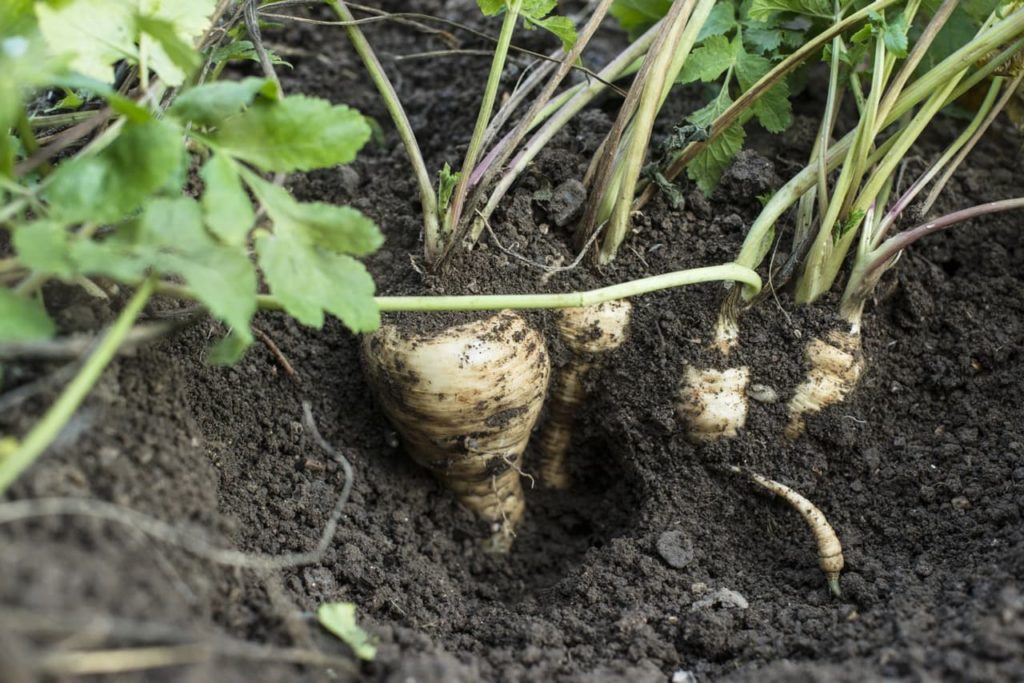
If you would like to grow your own parsnips from seed then there are a number of things to do.
Here is an outline of the process:
- Choose a variety of parsnips and source the seeds.
- Decide where you will sow your parsnips.
- Sow the parsnip seeds directly where they are to grow.
Read on for a more in-depth discussion of the above.
| Difficulty | Easy |
| Equipment Required | Seeds, mulch, dibber |
| When To Sow | March to May |
When To Sow Parsnips
Parsnips should not be harvested until autumn or winter, but you need to sow the seeds in spring, as this crop needs quite a long time to mature and create good-sized roots.
Parsnips can be sown as early as February in warmer and more southerly parts of the country.
However, I find it is generally best to hold off and sow in March, April or even May.
Leaving it a little later before sowing seems to yield better germination rates and get plants off to a better start.
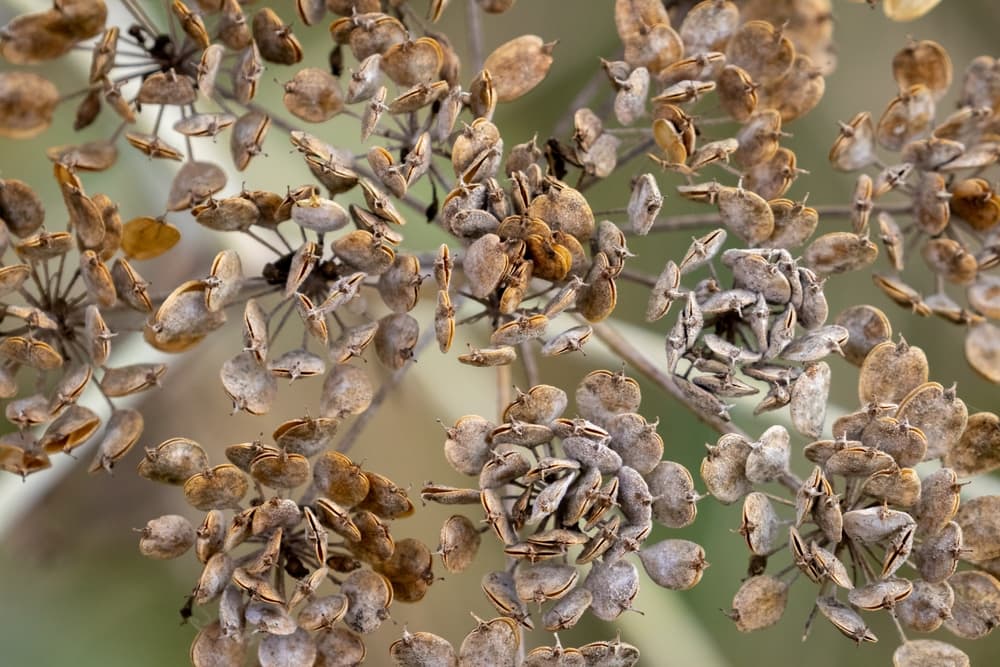
The seeds do take a long while to emerge – often up to as long as three weeks, so don’t give up on your parsnips too early.
When precisely you decide to sow will depend on where you live, the conditions in your garden and the weather conditions in a given year.
To prevent issues, I’d advise from experience to wait until mid-spring where you live, sowing when the soil has begun to warm and the winter chill is behind you.
This will likely be sometime around the last frost date.
1) Choose & Source Your Parsnip Seeds
Before you can sow parsnip seeds, you will need to decide which particular variety of parsnip you would like to grow.
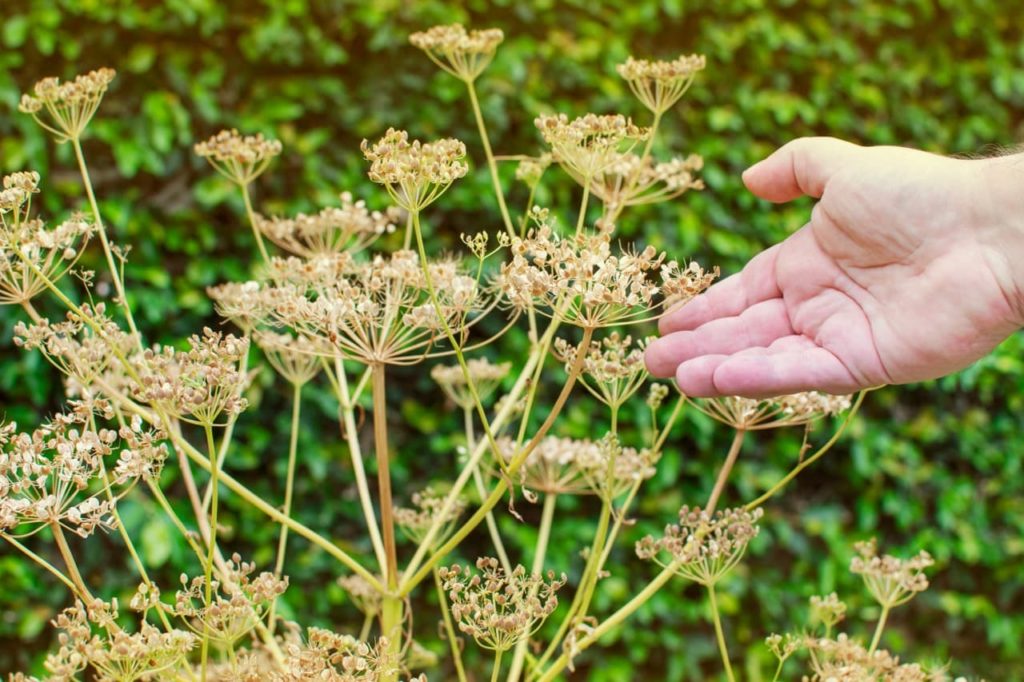
There are varieties better suited to different soil types and different parts of the UK, so it is a good idea to do your homework to make sure that you select parsnips that will grow well where you live and in the conditions that you can provide.
Suttons recommends ‘F1 Gladiator’ and ‘Tender and True’ as their favourite varieties for sowing in spring.
2) Decide Where To Grow
Next, you will naturally have to spend some time thinking about where you would like to grow parsnips and where they might do well.
You might grow them in raised beds, in the ground or in containers if there is no other space.
Parsnips like an open spot that is as sunny as possible.
They require deep, light and friable soil that remains moderately moist throughout the growing season.
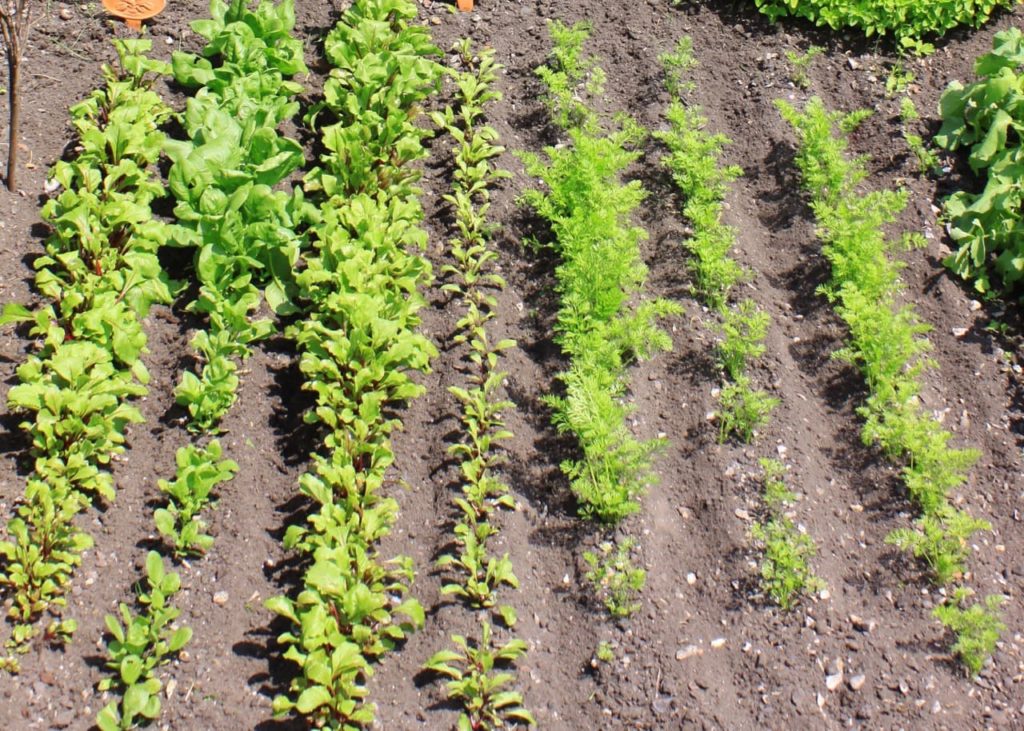
As well as considering the basic needs of the plants, it is also important to think about where parsnips will fit into your overall garden plan and which other crops they might grow alongside.
Personally, I like to grow parsnips alongside carrots, with rows of each of these interspersed between rows of spring onions or bulb onions.
Parsnips, like carrots, are plagued by the dreaded carrot fly, but onions and other alliums mask the smell of the parsnips and carrots and help keep them safe from these pests.

In return, the scent of the carrots and parsnips keeps onion flies away.
I also like to sow radishes in the same rows as the parsnip and carrot seeds at the same time.
The parsnip and carrot seeds can both take up to 3 weeks or so to germinate, while radishes pop up quickly and mark the rows.
The radishes will be harvested before the parsnips and carrots need space.
3) Sow The Seeds
It is definitely best to sow parsnips directly, like carrots and some other common root crops, where they are to grow.
While many of the crops in UK gardens are best sown indoors and transplanted to the garden after germination has taken place, parsnips do not fall into this category.
In fact, they do not like transplantation at all.
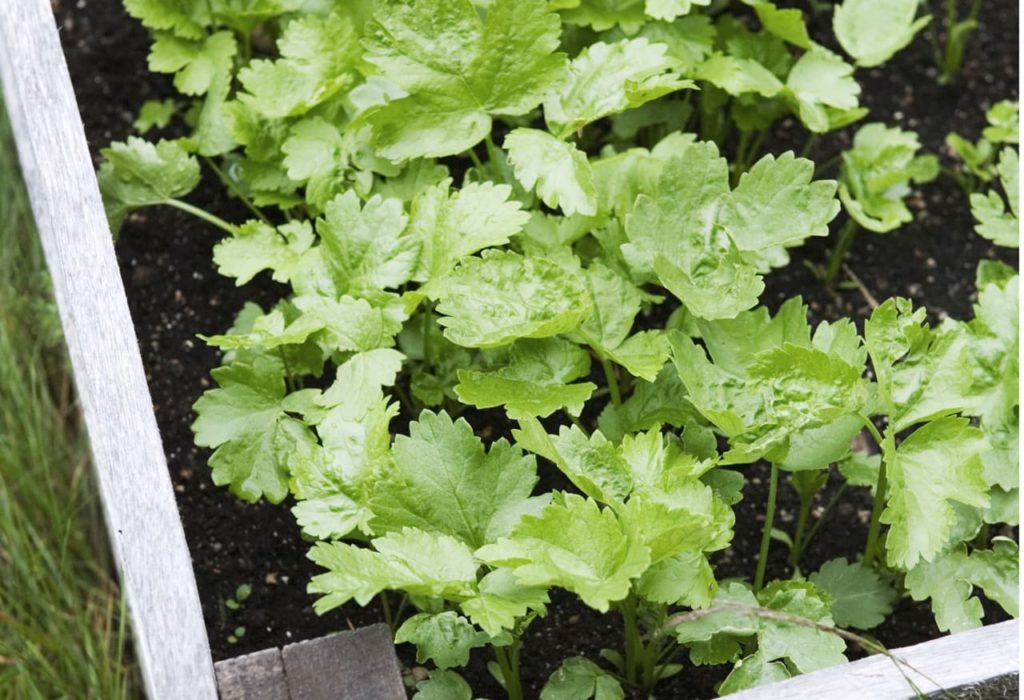
If you have trouble with germination, it may be that you have sown your parsnip seeds too early or that they have been eaten by pests before germination could take place.
Wait a week or two if you think you have sown them too early, then try again.
In any case, you may wish to sow successional batches of parsnips so that you can harvest them from early autumn right through to December and beyond.
“If successional sowing, do your research and select different cultivars for different harvest timings,” advises Colin Skelly, a Master Horticulturist.
“Some are better early and some are better standing longer in the soil. Also, try some shorter and longer cultivars. You’ll quickly get to know which suits your soil conditions best.”
Sowing some every week or two from March until May will allow you to enjoy a staggered harvest.
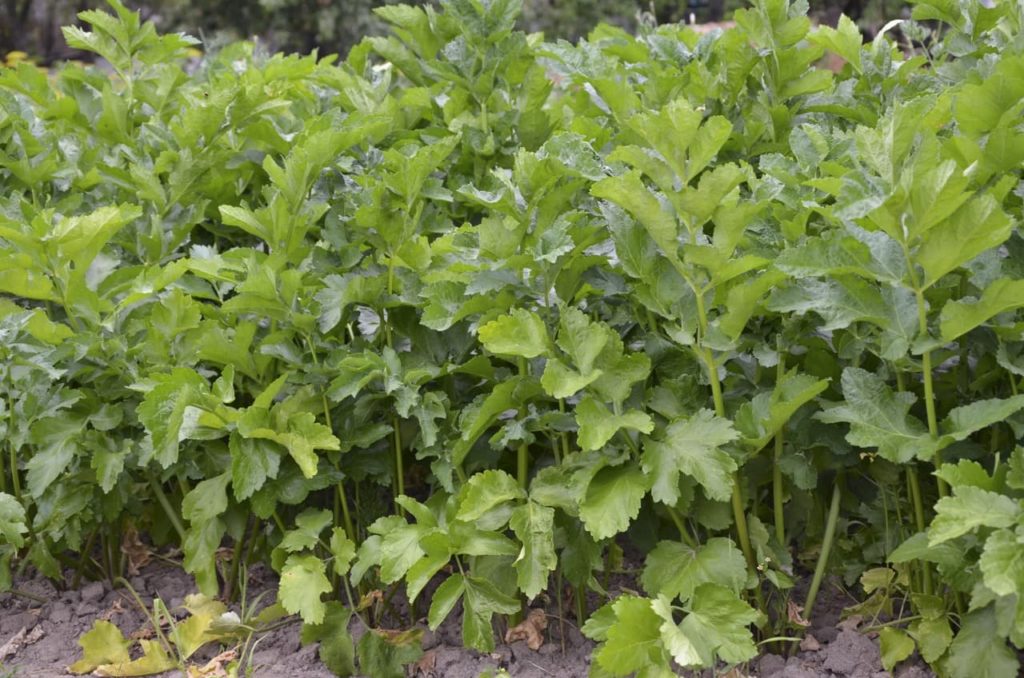
You can sow parsnips in rows or in another configuration, but either way you should sow the seeds thinly in drills.
After germination, thin the seedlings to give an eventual spacing of around 15cm between each plant when the plants reach around 2.5cm tall.
Keep your seedlings weed-free and water when it is very dry.
Mulch around the plants in early summer with good quality homemade compost or other organic material.
